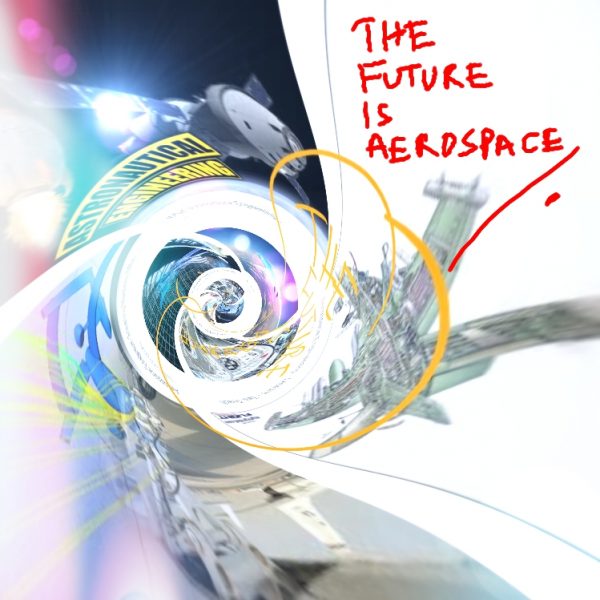Thrillers will never bore anyone, ever. Some authors claim that thrillers engineer life in ways that every moment oozes with challenging creative thoughts. This is the sort of thought I had when a friend asked me about aerospace engineering and its scope. ‘This branch of engineering is like reading a thriller,’ I said, and went on, ‘If you’re the type who goes around thinking that engineering revolves around Petroleum, Nuclear, Software, Chemical, Electrical, Biomedical, Materials, and Environmental, it is time you realized that Aerospace engineering is one of the most highly paid specializations to have… and money pumps in more adrenalin than even trekking through harsh mountainous terrain.’ Besides high salaries, this branch of engineering has an incredible growth scope as 4000 plus plush jobs have been forecast in India by 2020. This indicates a 4.7% rate of growth which could be the prime reason for Aerospace engineering becoming so sought after.
It was Hayao Miyazaki who famously said that ‘airplanes are not tools for war. They are not for making money. Airplanes are beautiful dreams. Engineers turn dreams into reality.’ These Aerospace Engineers challenge themselves by being immersed in the design, development, and testing of aircrafts, satellites, spacecrafts, missiles, and other air or spacecraft products for the military, commercial, or private use besides researching and determining the safety of proposed aircraft projects and parts. Evaluating products to match specifications, quality standards and the degree of customization that a client wants is all a small part of the job profile that students looking towards a degree in Aerospace engineering must be aware of. There are other adventures in this stream and one of them is developing solutions for malfunctioning or damaged aircrafts and spacecrafts.
For the uninitiated, Aerospace gives the option to get into either Aeronautical and Astronautical Engineering. As already mentioned, this branch of engineering revolves around the design, construction, and maintenance of aircrafts, spacecrafts, and missiles. Quite obviously, the current focus is more on flight safety, fuel efficiency, operating costs, and the environmental impact. All research and development is revolving around these core issues with Artificial Intelligence components inching into this realm as well. I must admit that not every student specializing might get to do all these challenging things as there will also be a few who will be involved in the costing processes, manual writing segment, and strategizing for upgradations needed.
‘Do these people get to investigate air crashes as well?’ asked my friend.
‘Not in the beginning,’ I remember telling him, ‘the experienced ones only can get into positions where investigation becomes the core activity. Like in every adventure, the rookies can always aspire to reach the heart of action if they are fast learners and ready to grasp the intricacies of the dynamics of a rapidly changing and evolving branch of engineering.’ Imagine being surrounded by thrilling terminology and activities that talk about analysis of the aerodynamic performance of an aircraft or being in a team that is designing and developing some innovation for an aircraft. All this of course begins with a lot of theoretical technology associated with aircrafts… and at the centre of everything will obviously be a thorough grounding in the tenets of applied mathematics and this is where a B.Tech degree in ‘Aerospace Engineering’ comes in.
Engineering degrees in this branch are possible from a lot of institutions, colleges, and universities. However, what matters most is searching for a place where the theory of this branch of engineering converges seamlessly with professional inspirations, practical sessions where potential Aeronautical Engineers work alongside the science and technology of the crafts they are going to help be better and futuristic. The course at UPES comes closest to this inspection.
For students who dream of understanding everything that runs an aircraft and how innovative design helps to enhance performance to knowing what a spacecraft and its performance metrics inside and outside the earth’s atmosphere really mean, needs to give this branch of engineering a serious consideration.
.
.
.
.
.
.
Arvind Passey
04 January 2019









